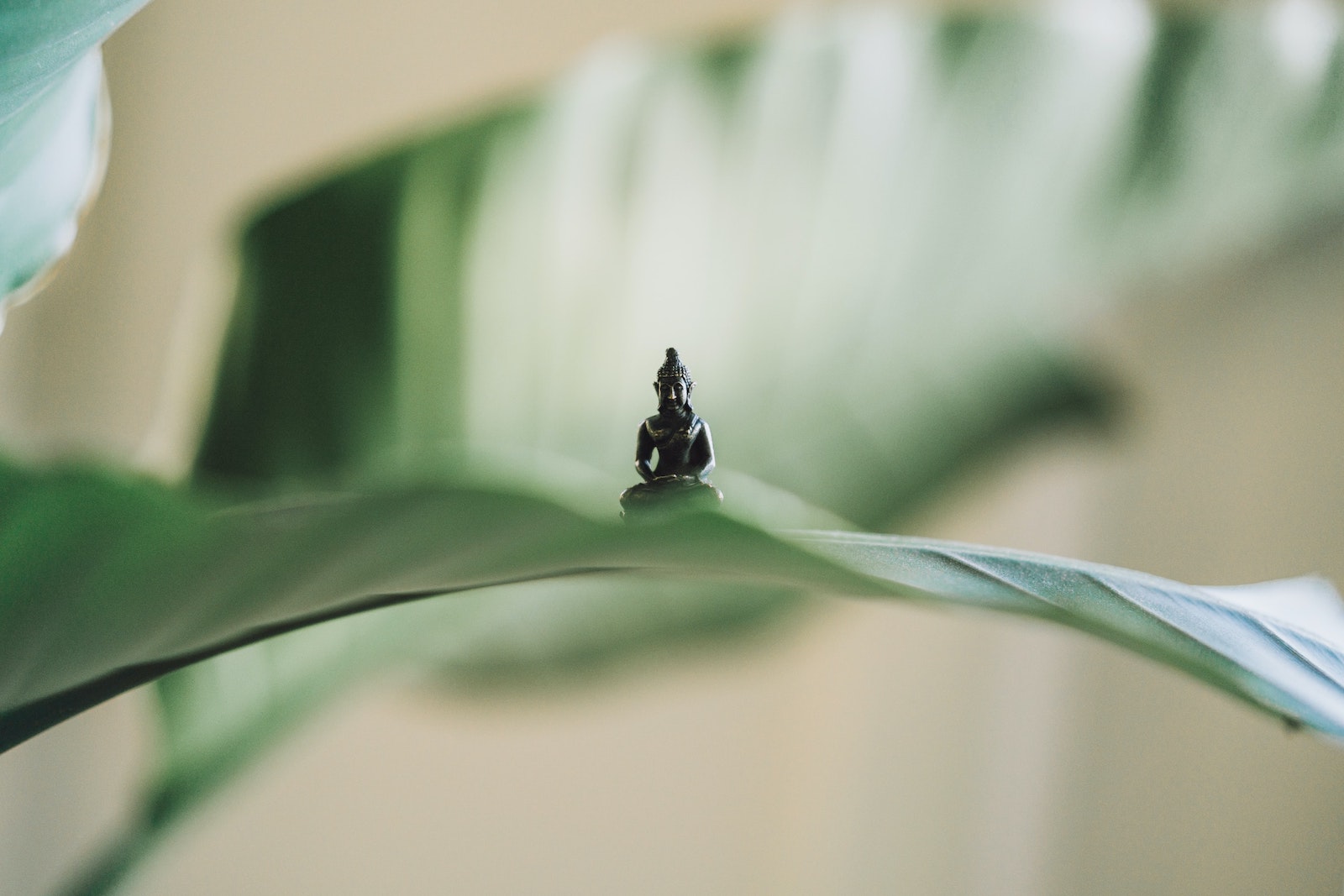Sound Healing: Definition, History, Types and Benefits
Sound healing is a growing field of alternative medicine that has been around for thousands of years. Music has been used throughout history to create positive effects on our mood and as a form of therapy to heal the body,...


Sound healing is a growing field of alternative medicine that has been around for thousands of years. Music has been used throughout history to create positive effects on our mood and as a form of therapy to heal the body, mind, and spirit. Many people find that after practicing sound healing techniques, they experience an increase in energy, improved mental clarity, increased creativity, and better relationships. Best of all, it’s safe, affordable, and effective. There are many ways to practice, but first you’ll need to know why sound healing works, how to get started, and what to expect during a session.
What is sound healing?
Sound healing is the use of specific instruments, music, tones, and other sonic vibrations to balance and heal the body, mind, and spirit. It involves using specialized sound frequencies to create a therapeutic atmosphere to promote deep rest, nervous system rebalancing, and emotional release. Ideally, a hypnotic, meditative or theta brainwave state is created which allows access to deeper levels of inner wisdom and healing.
A sound therapy treatment is performed using music or other sounds that you listen to while lying down or comfortably seated. Focusing on these soothing vibrations helps you relax and release stress, anxiety, and tension. It also encourages deep breathing and, may include meditation prompts and visualization exercises as well.
What to expect from a sound healing session
A sound therapy treatment is done by playing specific frequencies of sound around and on specific body parts of the patient. These healing sessions are held in a private room, yoga studio or community space. A personalized session begins with an introduction to the client’s health concerns, followed by a guided meditation that will help you relax and receive the healing vibrations. A recording of the session may be made for you on request.
A group experience will be more like an acoustic sound concert in a small public space. Instruction will be provided on how to best receive and work with this therapeutic practice. Group healing sessions can also provide a social experience to fulfill your needs for spiritual or healing community.
History of sound healing
Many cultures have used music and singing to heal the body and spirit since ancient times. Ancient Egyptians believed musical incantations could be an effective way to treat illness. Native American tribes also believed that certain sounds had healing powers. In the ancient Indian practice of nada yoga, yogis use sound vibrations to calm the mind and release stress.
The ancient Greek philosopher Pythagoras is known as the “father of music” as He discovered musical intervals and He was the first to prescribe music as medicine. He explored how harmonic frequencies could be used for healing, and applied these principles to everything from music, architecture, and government to family, friends and personal growth.
Heinrich Wilhelm Dove discovered the neurological effect of binaural beats in 1839. In 1896 American doctors discovered that music could improve blood flow and improve thought processes. British Osteopath Sir Peter Guy Manners developed a machine to produce therapeutic sound vibrations for healing cells in the body in the 1950s.
Benefits of Sound Healing

Sound healing has been used for thousands of years around the world to heal both mental and physical ailments. It is a very effective form of alternative medicine because it works directly on the body’s energy field and chakras rather than the body itself. When the energy body is healthy and balanced, its own natural healing abilities are enhanced.
When we experience stress, illness, injury, or emotional trauma, our subtle body becomes depleted of vital life force energy. Our immune system weakens, making us susceptible to disease. We lose our ability to heal ourselves naturally. Sound therapy uses the power of sound to restore balance to the body’s energy fields.
Sound therapy uses specific frequencies of sound waves to affect the brain and nervous system. When applied correctly, sound heals the body and promotes wellness.
There are many different types of sound therapy, each one will produce different results. The best way to determine if this type of healing works for you is to try some sessions and explore different techniques. If sound therapy is a good fit, you should experience one or more of the following benefits.
Deep RelaxationWhen you listen to soothing sounds, your body releases endorphins, serotonin, dopamine, oxytocin, and norepinephrine. These feel-good chemicals make us happy and help move us out of a fight or flight stress response. They also reduce blood pressure and heart rate, which promotes deep states of relaxation. Better Sleep
Listening to soothing music before bedtime can make us sleepy and can improve sleep quality. This is because the relaxation response is triggered by slow brain waves, such as those produced by deep meditation. Listening to relaxing music before bedtime can help you fall asleep faster and stay asleep longer. And since sound therapy reduces stress, it can help you wake up feeling refreshed. Pain Relief
When we suffer from physical pain, our brains send signals to our bodies to stop producing certain hormones. Since these hormones cause inflammation in the body, they can actually worsen the pain. But when we listen to soothing music, our brains release endorphins, which block the effects of these inflammatory hormones and helps relieve pain.
Types of sound healing sessions
There are many different types of sound therapy treatments available today. These can either be group experiences or individual sessions.
Sound baths are the most common type of sound therapy that is lead by one or more musicians playing gongs, Tibetan singing bowls, temple bells, and other percussive instruments. A sound bath is a meditative experience where you lie down and allow your body and mind to be filled with soothing sounds.A sound bath allows us to enter into a state of meditation, where we focus on the instruments and vibrations around us rather than our thoughts. It allows us to focus inwardly while still being aware of what is happening around us. When we listen carefully to these resonate sounds, we can hear the subtle differences in pitch, tone, volume, and rhythm. These variations create a sense of calmness and relaxation. Guided sound meditations are a popular type of sound therapy where, an experienced musician plays specific instruments and guides you through a visualization or meditation. The musician will play the same note over and over again until you reach a state of deep relaxation. You may notice that the notes seem familiar but they have been arranged differently.
Guided Sound Meditations emphasize meditation facilitated mainly by imagery & instruction, rather than sound alone. Sound is present and aides the journey, but only serves as a backdrop to enhance feelings of calm & ease. The sound can take many forms, from nature sounds, to gentle music, or simple droning of crystal singing bowls. Chanting and kirtan are a group led practice of people singing and chanting mantras. Kirtan is a powerful tool for cultivating mindfulness, concentration, and compassion. In addition to being a wonderful meditative experience, kirtan is also a great way to connect with a spiritual community and the divine. Vibroacoustic therapy uses low frequency sound waves to stimulate the body’s natural healing response. A bed, chair, or mat with embedded speakers is used to listen to and physically feel the programed healing vibrations. Acutonics involves placing one or two tuning forks on various parts of the body to stimulate acupuncture points, trigger points, and/or areas of discomfort. These points are connected to meridians and chakras throughout the body, which means they affect the entire system. By stimulating these points with high-frequency sound waves, the practitioner aims to release blockages and restore harmony within the body. Binaural beats are recorded music that spaces pure tones slightly apart from each other. They are designed to induce certain brainwaves by creating a frequency mismatch between them. When played back through headphones, the brain will make up the difference in oscillation and become entrained into a different brainwave state, such as alpha, theta, or deep delta. This allows us to enter a trancelike state where we can access altered states of consciousness.
Sound healing instruments
There are several types of instruments that work well for sound healing, but the instruments that work best originate from the Eastern meditation practices and the shamanic traditions. The following list includes some of the most common ones:
Tibetan singing bowls are hand hammered metal bowls that can be struck to make a bell sound or rubbed with a wooden mallet on its edge to create a longer harmonic tone. The larger and thicker the bowl is the easier it will be to play. Smaller and lighter ones will be less expensive but may not have as pleaseing as a tone as the more expensive ones. Each one produces a different sound depending on its size and what metals are used in is construction. Crystal singing bowls are made of quartz crystal and are easier to play than Tibetan bowls. They produce a very clear tone when struck or rubbed. The tambura is a traditional Indian instrument with four strings that produces a rich, resonant harmonic tone. It’s a good choice to create a centering drone sound. Bamboo and Native American flutes are used in sound healing to create soothing and entrancing melodies. Bells are another popular choice for playing occasionally during sessions. Their clear sharp sound clears out negative energy and opens up the upper chakra energy centers. They’re a great way to start and end a session. Handpans and steel-tongue drums are great choices for playing percussion during sessions because they create beautiful melodies and calming tones. Gongs are large, metal cymbals that produce a loud, booming and reverberating sound. They’re a potent tool for playing percussion during a session as they add a lot of energy, vibration, depth, and power to a sound healing experience. Rattles and shakers are useful for starting and ending a session. They’re great for creating ambience during a session. Frame drums are thin framed wooden drums with a drum head stretched across the one side. They’re typically tuned to a low pitch and are great for playing slow hypnotic rhythmic patterns during sessions. Chimes consist of a series of tuned bars that ring out when struck. They’re great for starting and ending sessions. Tuning forks are small, handheld devices consisting of two prongs tuned to a specific note or frequency. When you strike one of the prongs, it makes a high pitched note. The stem of a struck tuning fork can be lightly placed on the skin over to receive both the sound and vibration at specific points on the body. Rainsticks are musical instruments that produce a soft, gentle sound when tipped to one side. They’re great for calming the mind and easing stress.Conclusion
There are many different ways to use sound therapy. You might listen to music while you work out, or play relaxing sounds during meditation. Some people prefer to listen to nature sounds, such as birds chirping or waves crashing. Others enjoy listening to classical music. Whatever type of sound appeals most to you, make sure you find a way to incorporate it into your daily routine.
About Timothy Burgin
Timothy Burgin is a Kripalu & Pranakriya trained yoga instructor living and teaching in Asheville, NC. Timothy has studied and taught many styles of yoga and has completed a 500-hour Advanced Pranakriya Yoga training. Timothy has been serving as the Executive Director of YogaBasics.com since 2000. He has authored two yoga books and has written over 500 articles on the practice and philosophy of yoga. Timothy is also the creator of Japa Mala Beads and has been designing and importing mala beads since 2004.
Disclosure: YogaBasics.com participates in several affiliate programs. As an Amazon Associate, we earn from qualifying purchases. When you click on external links, we may receive a small commission, which helps us keep the lights on.

 ValVades
ValVades 

































